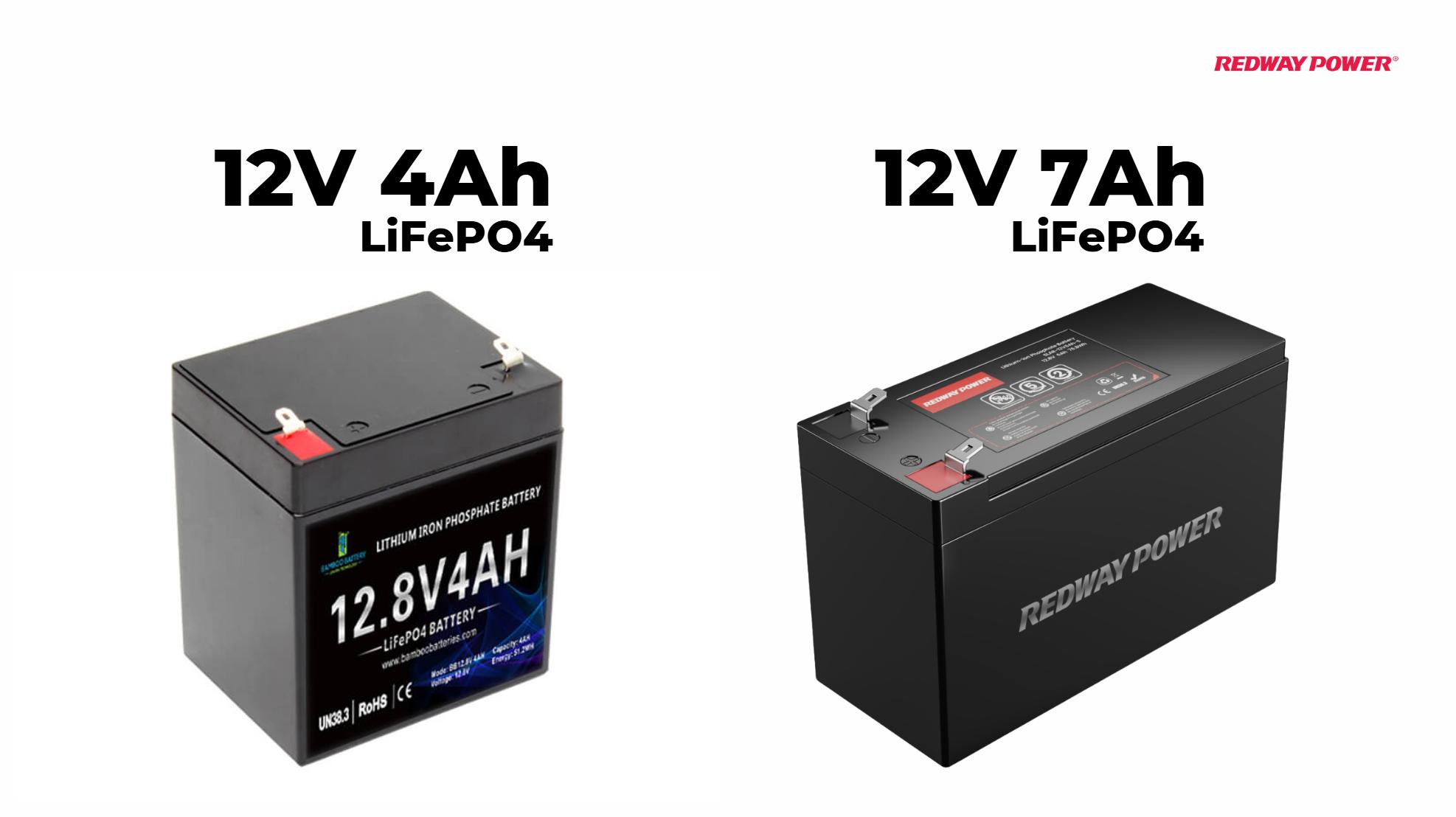How Many Amps is a 4Ah Battery?
A 4Ah (Amp-hour) battery can deliver 4 amps of current for 1 hour or 1 amp for 4 hours before it is fully discharged. The amp-hour rating indicates the battery’s capacity to store and provide energy, making it essential for determining how long a battery can power a device.
Understanding Amp-Hour Ratings: The Case of a 4Ah Battery
When selecting batteries for various applications, understanding the concept of amp-hours (Ah) is crucial. A 4Ah battery provides specific performance characteristics that are important for users to consider. This article explores what amp-hours mean, how they relate to current, and practical applications for a 4Ah battery.
What is an Amp-Hour (Ah)?
- Definition:
- An amp-hour is a unit of measure that quantifies the amount of electric charge a battery can deliver over time. It is calculated by multiplying the current (in amps) by the time (in hours).
- Significance:
- The amp-hour rating helps users determine how long a battery will last under a given load. For instance, a 4Ah battery can supply 4 amps for one hour or 2 amps for two hours.
Calculating Current from Amp-Hours
- Basic Calculation:
- To find out how many amps a 4Ah battery can provide, you can use the formula:
Current Amps =Capacity Ah Time Hours
- For example, if you want to know how many amps a 4Ah battery can provide over 2 hours:
Current=4Ah2h=2A
- To find out how many amps a 4Ah battery can provide, you can use the formula:
- Application in Real-World Scenarios:
- If you connect a device that draws 1 amp, the 4Ah battery would last approximately 4 hours before needing a recharge.
Applications of a 4Ah Battery
- Portable Electronics:
- Commonly used in devices such as portable speakers, small fans, and LED lights where moderate power consumption is required.
- Electric Tools:
- Suitable for lightweight power tools that do not require high wattage, providing sufficient runtime for tasks like drilling or sanding.
- Electric Bicycles and Scooters:
- Often found in e-bikes and scooters where weight and size are critical factors, offering an optimal balance between power and portability.
Comparative Analysis: Amp-Hour Ratings
| Battery Capacity | Typical Applications | Estimated Runtime (for moderate load) |
|---|---|---|
| 2Ah | Small electronics, remote controls | Up to 2 hours |
| 4Ah | Portable tools, e-bikes | Up to 4 hours |
| 8Ah | Larger power tools, electric vehicles | Up to 8 hours |
| 12Ah | Heavy-duty applications | Up to 12 hours |
Best Practices for Using a 4Ah Battery
- Monitor Load Levels:
- Keep track of the total wattage of connected devices to ensure you do not exceed the battery’s capacity.
- Charge Regularly:
- Ensure that the battery is charged according to manufacturer guidelines to maintain its health and longevity.
- Store Properly:
- When not in use, store batteries in a cool, dry place and avoid deep discharges to prolong their lifespan.
Latest News
- Recent developments in lithium-ion technology are leading to batteries with higher amp-hour ratings without increasing size or weight.
- Manufacturers are focusing on smart batteries that can communicate their status and health via mobile apps.
- The demand for portable power solutions continues to rise as more consumers adopt electric vehicles and renewable energy systems.
- New regulations are being implemented globally to improve safety standards in battery manufacturing and usage.
Redway Expert Comment
As experts at Redway Battery, we understand that knowing the amp-hour rating is crucial for maximizing performance in various applications. A 4Ah battery provides significant advantages in terms of runtime and efficiency for devices requiring moderate power levels. Our commitment is to deliver high-quality lithium solutions tailored to meet diverse energy needs.”
Conclusion
In conclusion, a 4Ah battery can deliver up to 4 amps of current for one hour or longer durations at lower currents. Understanding amp-hour ratings allows users to select appropriate batteries for their specific needs, ensuring optimal performance across various applications. By following best practices in usage and maintenance, users can maximize the efficiency and lifespan of their batteries.

